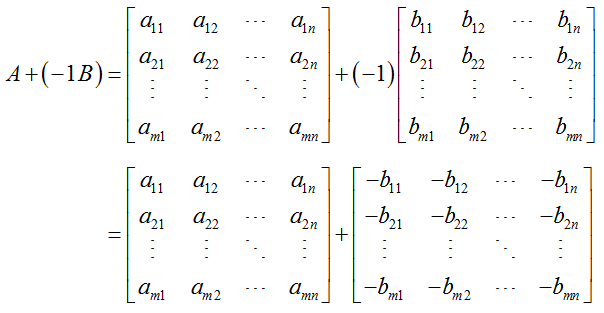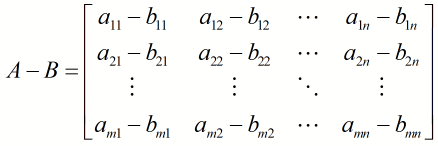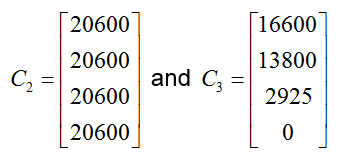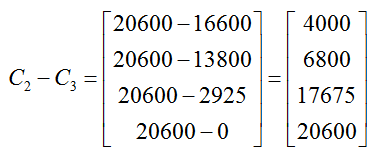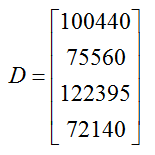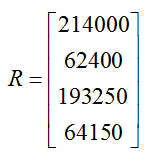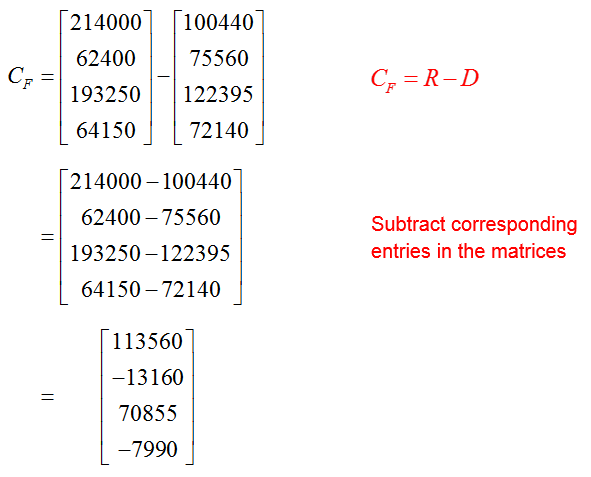How do you subtract matrices?
The difference between two matrices, A – B, can be thought of as the sum A + (-1B). If
then
If we combine these two matrices together, we get
Looking closely, we see that each entry in the matrix is the difference between the corresponding entries in A and B. We can simplify the process of subtracting matrices by simply subtracting the corresponding entries in the matrices being subtracted. Keep in mind that we can only do this if the matrices being subtracted have the same size.
The circulation matrices
indicate the quarterly circulation of Ed Magazine for renewing and non-renewing subscribers. The difference of these matrices,
is found by subtracting the corresponding entries in each matrix. This difference indicates how the circulation for renewing subscribers differs from the circulation for non-renewing subscribers. For instance, the entry in the first row tells us that 4000 more issues were produced and sent to renewing subscribers than to non-renewing subscribers in the first quarter.
Example 8 Subtract Two Matrices
The total cash disbursement matrix D was calculated to be
In the next section, we’ll show that the total cash receipts for Ed Magazine are given by the matrix
The business’s cash flow (also called the total net cash) is defined as the difference between the total cash receipts and the total cash disbursements. Compute the cash flow matrix, CF = R – D, and explain its meaning.
Solution The cash flow matrix is computed by subtracting the corresponding entries in R and D:
Notice that some of the entries in the cash flow matrix are negative. Negative entries in the cash flow matrix occur when the cash disbursements for expenses are greater than the cash receipts from subscribers. In the second and fourth quarters, more money is being spent than is coming in. This is not a serious issue as long as the magazine has adequate cash reserves to cover the deficit.
If we assume that the company begins the year with no cash reserves, then after the end of the first quarter of the year they will have cash on hand of $113,560 due to the fact that cash receipts from subscribers exceed cash disbursements. As long as they reserve at least $13,160 for the next quarter, they will be able to cover the negative cash flow in the second quarter. The rest of the cash receipts can be used for other purposes such as investing or purchasing new equipment.
Using matrices we can model the cash flow in each quarter to insure that there is always enough cash on hand to handle any times when the cash disbursements exceed the cash receipts.


